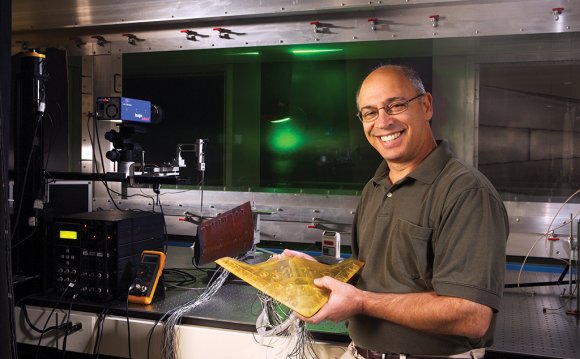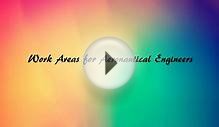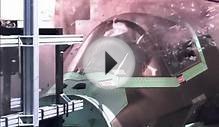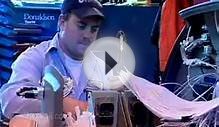
In years one and two, you will study the core mechanical engineering that underpins aeronautical and aerospace engineering and undertake the first year design and manufacture project. During the first two years you will meet weekly with your personal tutor for a small-group teaching session focusing on key aspects of your modules. Your tutor will be an academic with expertise in aeronautical and aerospace engineering.
In year three, you will study specialist aeronautical and aerospace modules, as well as a module in professional skills and a substantial individual project. The aerospace vehicle design module will develop your understanding of the application of design to different aspects of modern aerospace vehicles, including initial concepts, performance prediction and vehicle sizing, leading to detailed design of the different aerospace vehicle systems. In the aerospace flight mechanics module, you will learn about steady level flight and dynamic behaviour of aircraft in flight, as well as aerospace flight and orbital mechanics.
In other modules, you will study aerodynamics and computational fluid dynamics, as well as structural mechanics and finite element analysis, and propulsion systems. In this year you will also attend a flight course in which you will be a passenger in a small aircraft, taking measurements of its performance under a range of manoeuvres and experiencing in practice the aspects of stability studied in lectures.
In year four (MEng), you will develop a comprehensive understanding of the scientific principles of design optimisation, study in detail the analysis of structures unique to the aerospace industry, explore rotary wing aircraft, and develop a deeper understanding of aeronautical and aerospace engines.
Our courses have a modular structure where you will be required to study 120 credits per year.
Careers
When you graduate, you will be able to apply your skills in a number of areas, including aerospace design and manufacturing, in both civil and military environments, fundamental research, airline management and operations, and the space sector. The global aerospace industry drives many future developments in science and technology.
• Flight Physics Engineer, Airbus
• Gas Turbines Design Engineer, Assystem UK
• Materials and Processes Engineer, BAE Systems
• Graduate Engineer, British Airways
• Pilot, British Army
• Wing Box Designer, COMAC
• Systems Technical Coordinator, EADS Astrium
• Nuclear Engineer, EDF Energy
• Product Development Engineer, Jaguar Land Rover
• Trainee Engineer, Hong Kong Aircraft Engineering Ltd
• Stress Engineer, Marshall Aerospace
• Flight Physics Engineer, QinetiQ
• Graduate Engineer, Rolls-Royce Plc
• Mechanical Engineer, Science and Technology Facilities Council
Entry requirements
Entry requirements for the Integrated Masters (MEng, BEng) and the standalone BEng are the same.
See also:- Start playing Brawl pirates online Today
RELATED VIDEO












